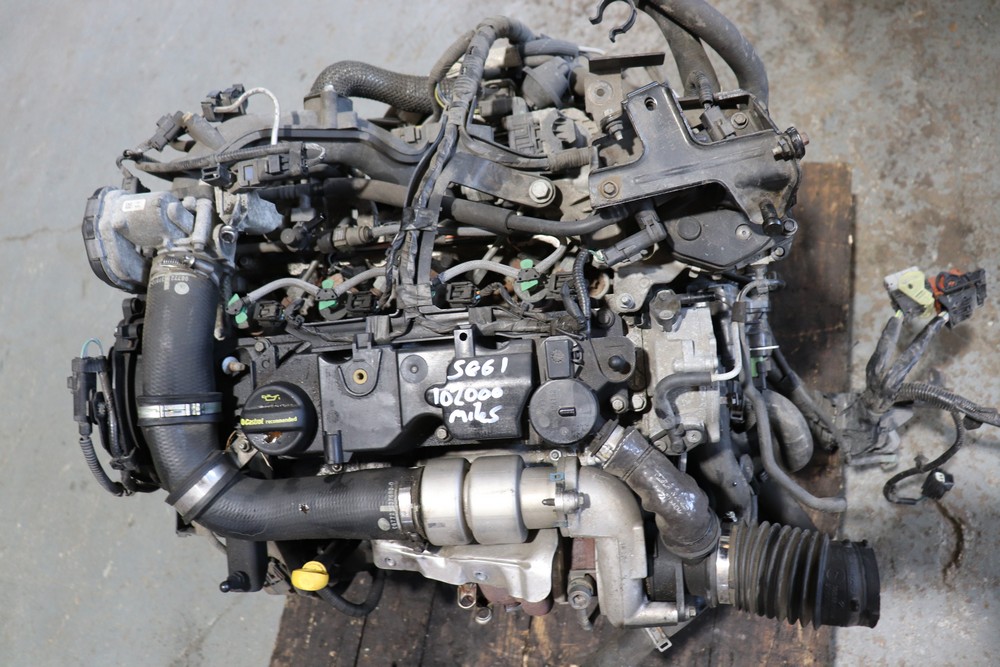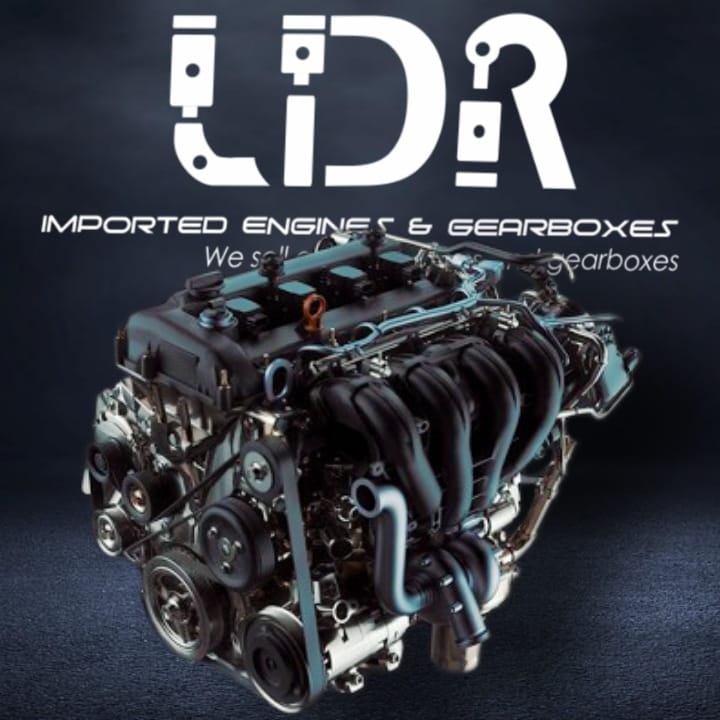Common Issues with the Ford Fiesta Engine and How to Fix Them
Common Issues with the Ford Fiesta Engine and How to Fix Them
Blog Article
Checking Out the Advancement of Engines: From Classic Designs to Modern Marvels
The evolution of engine modern technology represents a considerable story in the history of development, marked by pivotal developments that have consistently redefined transport and industry. From the preliminary vapor engines that powered the Industrial Transformation to the introduction of internal burning engines that changed mobility, each phase has contributed to greater effectiveness and capacity. Presently, the change to electrical power represents not just a technical change however additionally a more comprehensive commitment to environmental sustainability. As we examine these landmarks, one need to take into consideration exactly how the future of engine design may unfold, testing our assumptions of power and efficiency.
The Birth of Engine Technology
The introduction of engine modern technology noted a critical moment in human technology, changing energy conversion and transport. The earliest engines emerged from the requirement to harness mechanical power for practical use, leading to the growth of devices that transformed various energy types into movement (ford fiesta engine).
The growth of the internal combustion engine and the development of the vapor engine catalyzed a profound change in commercial capacities. These engines not only enhanced efficiency but additionally broadened the scope of human flexibility, enabling unmatched transportation opportunities. The early prototypes laid the groundwork for the mechanized world, helping with the increase of industries and improving social frameworks.
As engine styles advanced, they progressed and included ingenious products engineering concepts, paving the way for modern-day developments - ford fiesta engine. The birth of engine technology sparked a relentless search of performance and power, establishing the phase for the dynamic evolution of transport and industrial equipment that would certainly comply with
Vapor Engines and Their Impact

The vapor engine's influence was specifically evident in the transportation field (ford fiesta engine). Steam-powered locomotives helped with the quick motion of products and people across vast ranges, effectively shrinking the geographical barriers that had actually previously prevented trade and interaction. Likewise, steamships changed naval travel, permitting quicker and more trusted crossings of rivers and oceans.
In market, vapor engines powered factories, enabling mass manufacturing and the surge of urban facilities as centers of economic activity. Vapor modern technology fostered advancements in design and manufacturing procedures, laying the groundwork for future improvements in engine layout.
The Rise of Inner Combustion
Regularly overshadowing vapor power, the increase of internal combustion engines marked a transformative shift in transport and market during the late 19th and very early 20th centuries. The development of these engines, defined by their capability to shed gas within the engine itself, made it possible for greater effectiveness and power contrasted to typical heavy steam engines. Pioneering developers such as Nikolaus Otto and Rudolf Diesel played critical functions in developing engine designs, resulting in extensive fostering in cars, watercrafts, and commercial machinery.
The inner combustion engine's compact size and relatively light-weight nature assisted in the introduction of personal vehicles, changing individual wheelchair and improving metropolitan landscapes. By making it possible for faster traveling and the reliable transport of items, these engines catalyzed financial development and promoted globalization. The flexibility of fuel alternatives, including gas and diesel, better enhanced their allure, allowing for varied applications across numerous sectors.
Regardless of the environmental issues that would certainly later on arise, the first allure of interior burning technology stocked its transformative potential. As culture welcomed this advancement, the foundation was laid for contemporary transport systems, developing internal combustion engines as a keystone of commercial improvement and daily life throughout the 20th century.
Improvements in Engine Effectiveness
As inner combustion engines ended up being essential to transportation and market, the emphasis moved in the direction of enhancing their effectiveness to meet more tips here growing needs for performance and sustainability. Innovations in engine style, material science, and modern technology have considerably added to this evolution.
One significant development is the growth of turbocharging, which allows for raised air consumption, causing more total gas combustion and improved power output without enlarging engine size. Additionally, variable valve timing systems have actually been carried out to enhance engine performance throughout different RPM varieties, consequently improving gas effectiveness.
The usage of sophisticated fuel shot technologies, such as direct injection, has also played a vital duty. This approach allows for even more accurate control over the fuel-air mix, promoting much better combustion and minimizing discharges. Lightweight products, including aluminum and composite elements, have actually been embraced to lower total engine weight, leading to boosted performance.
These improvements reflect a broader trend within the vehicle industry, where the harmony in between design technology and ecological factors to consider drives the continuous mission for greater effectiveness in inner burning engines. As an outcome, contemporary engines are currently much more effective, cleaner, and reliable than in the past, leading the way for a more sustainable future in transportation.
The Shift to Electric Power
With growing problems over ecological influence and nonrenewable fuel source reliance, the automotive sector is experiencing a considerable shift in the direction of electric power. This transition is driven by a mix of technological improvements, regulatory stress, and transforming customer preferences. Electric lorries (EVs) use an engaging choice to typical internal combustion engines, flaunting reduced greenhouse gas exhausts and lower operating costs.
The increase of battery innovation has actually been a game changer, with lithium-ion batteries ending up being more affordable and efficient. Enhanced energy density and faster charging capacities have made EVs much more sensible for day-to-day usage. Federal governments worldwide are applying motivations and establishing ambitious targets for phasing great post to read out fossil fuel vehicles, thus accelerating the adoption of electrical power.
As billing framework expands and battery innovation continues to improve, the change to electrical power is positioned to improve the auto landscape, advertising sustainability and development in the years to come. The future of transport is electrical, and the momentum is indisputable.
Verdict
The development of engine modern technology stands for a considerable trajectory of development that has greatly influenced transport and industry. From the fundamental heavy steam engines to the transformative interior burning engines, each development has actually contributed to improved mobility and economic development. The current transition toward electrical power emphasizes a vital dedication to sustainability, driven by advancements in battery technology. This continuous advancement not only mirrors transforming societal needs however likewise highlights the potential for a cleaner and a lot more effective future in engine layout.

Report this page